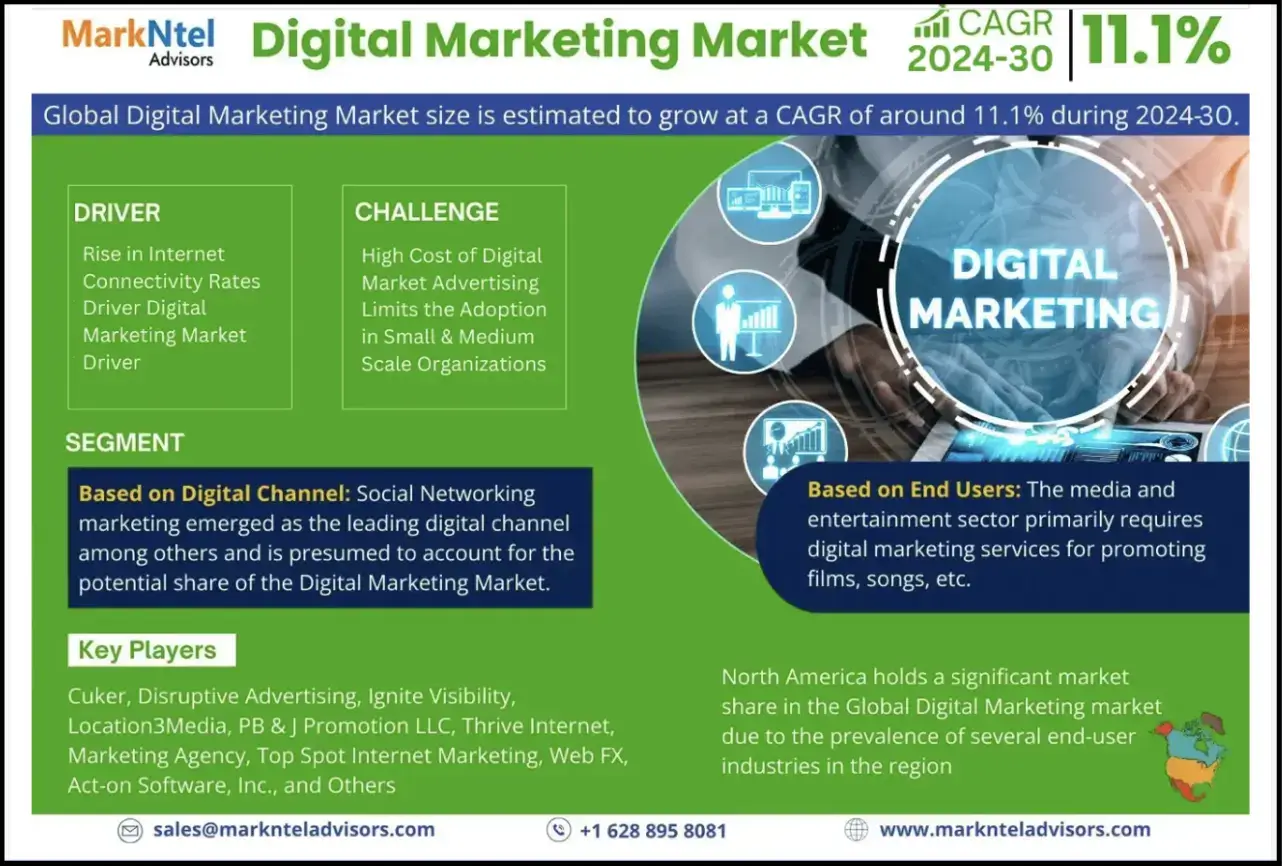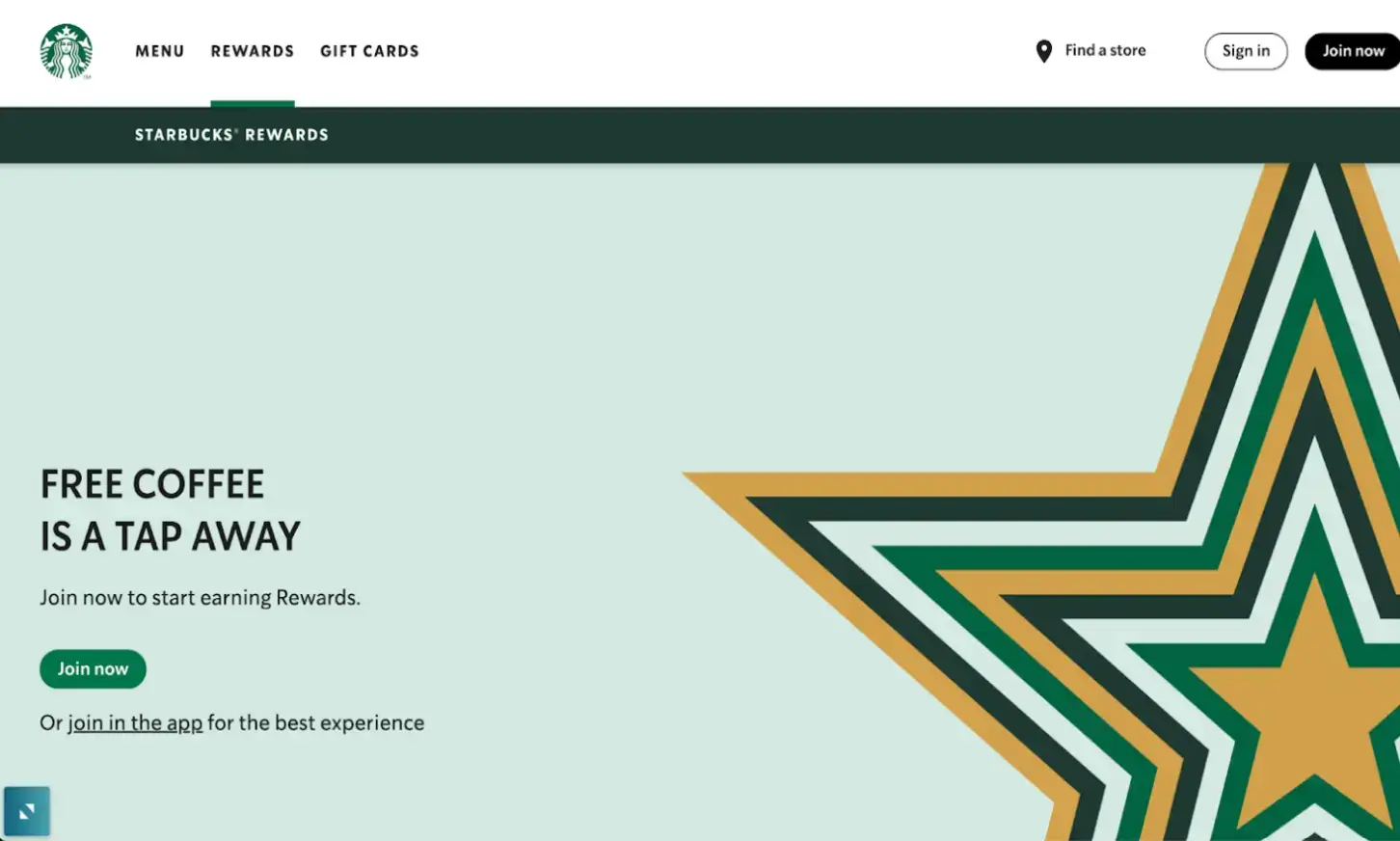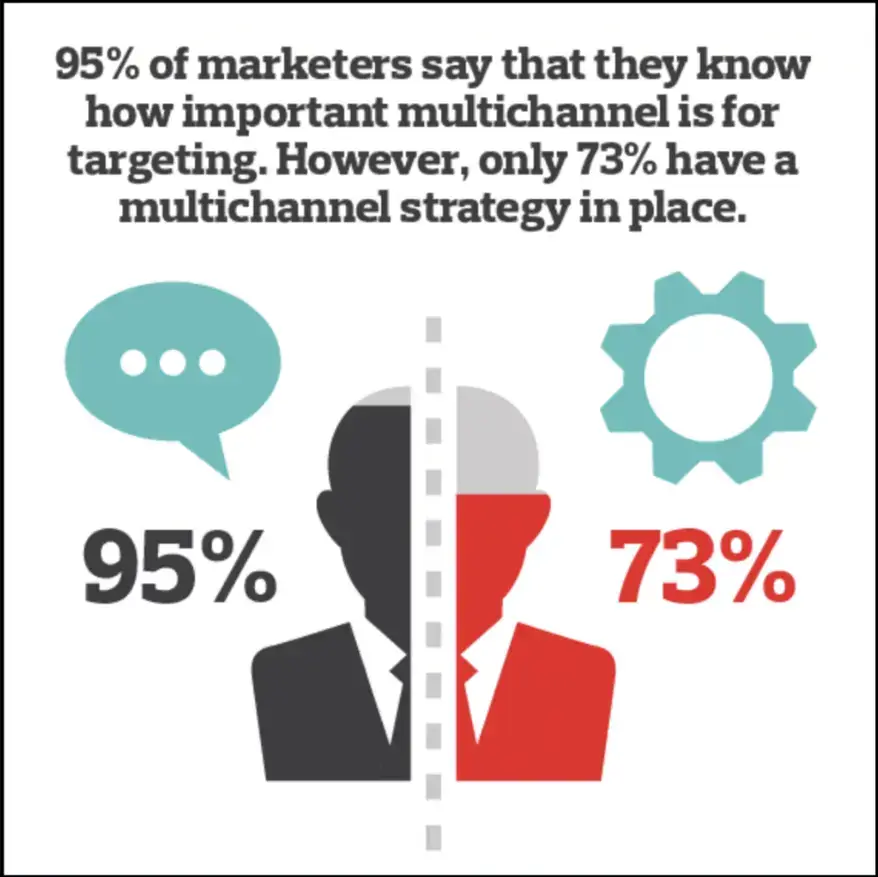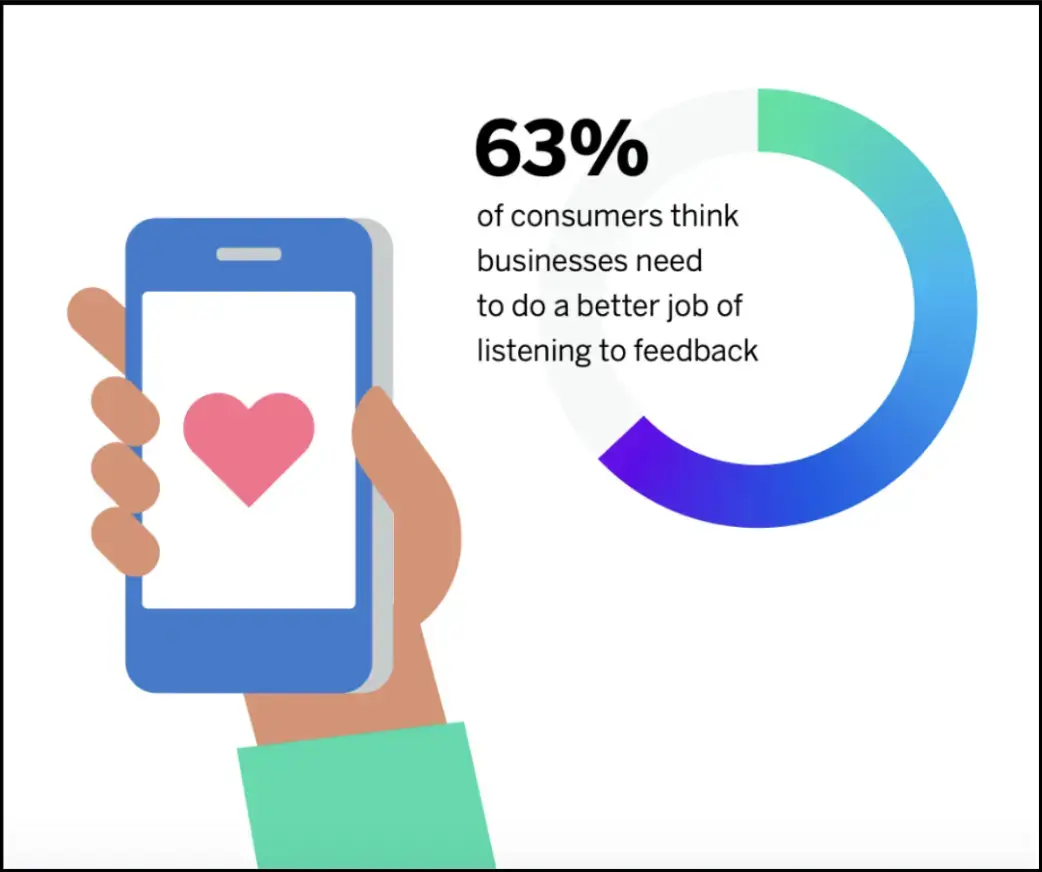Marketing is crucial in acquiring new customers and enhancing business growth. However, some companies struggle to interact with their potential market and boost their profits. Employing an audience-focused approach is key to achieving these goals.
This page covers what you should know about audience-centric marketing. Read on to learn how to truly understand and connect with your target audience.
Article Shortcuts:
Understanding an Audience-Centric Marketing
Marketing is vital in business, not only for promoting brands but also for interacting with customers.
A successful marketing campaign results in customer engagement, lead generation, and conversions. This, in turn, promotes business growth and success.
Recently, companies of all sizes have invested in various online marketing strategies.
In fact, the global digital marketing market was worth $780 billion in 2023, potentially expanding at an 11.1% compound annual growth rate (CAGR) from 2024 to 2032.

Source: MarkNtel
Online marketing trends come and go in today’s business landscape.
Popular strategies include search engine optimization (SEO), pay-per-click (PPC), email campaign management, content marketing, and social media management. However, these tactics won’t work unless they align with your target market's needs.
Enter audience-centric marketing. It entails prioritizing your audiences’ needs and interests in every interaction with your business. In short, an audience-first approach.
Audience-centric marketing isn’t just a marketing strategy; it’s a philosophy of putting your prospects and customers at the core of your marketing endeavors. It’s about understanding and meeting their needs and providing them with the best product, service, and experience.
Case in point: Starbucks and its Reward Loyalty Program.

Source: Starbucks
This program provides various perks and benefits, like special discounts and exclusive deals, to regular customers.
For example, you could offer free coffee refills or free frappe drinks for those celebrating their birthdays. Even something as simple as allowing customers to order and pay before arriving at the restaurant can be very convenient.
The numbers don’t lie: Starbucks claimed its rewards program accounted for 40% of its total sales in 2019. Forbes even reported that loyal customers using the Loyalty Program’s app were 5.6 times more likely to visit a branch daily. See how customer-focused marketing can work wonders for a company?
In the next section, learn how to identify and interact with your target audience.
How To Understand and Connect with Your Target Audience
Marketing is supposedly about engaging with your target market. But did you know that most marketers don’t know their audience? How can you interact with them if you don’t understand them at all?
The Hubspot survey revealed that only 42% are aware of their target audience’s demographic information. Also, less than half know their interests, hobbies, shopping habits, product preferences, purchase history, and consumed content.

Source: Hubspot
Simply put, audience-centric marketing entails understanding and connecting with your audience. However, a series of steps happen in between. That said, here's how to implement customer-focused marketing:
1. Study your target market
Start by performing due diligence for your business. Harness the power of market research for data-driven digital marketing. This will help you identify your target market and understand consumer needs.
Sturgeon Christie, CEO of Second Skin Audio recommends conducting market research before implementing any marketing tactics.
Christie argues, "How can you target your marketing strategies to the right audience and provide real value if you don't know who they are and what they need? Extensive market research doesn't only let you examine your industry and competitors; it also helps you unravel the consumer problems and offer real solutions."
George El-Hage, CEO of Wave Connect, emphasizes the role of research in building meaningful connections:
"Understanding your audience is the foundation of any successful strategy. Through diligent market research, businesses can not only identify their ideal customers but also anticipate their needs and preferences. This insight allows for more personalized and effective interactions, whether it's through marketing efforts or fostering relationships. Knowing your audience ensures you’re not just communicating but connecting in a way that resonates."
2. Identify your prospects
You can identify your target customer through extensive market research in a sea of online audiences.
Ian Sells, CEO of Million Dollar Sellers, suggests employing lead generation and segmentation. Sells recommends identifying the target audience based on the following:
- Demographics: Consider lead segmentation to categorize prospects. Sort them according to age, gender, location, income, and employment or business.
- Psychographics: Factor in psychological criteria such as values, interests, lifestyles, and attitudes. This will help you identify those who are most likely to patronize your business.
- Consumer behaviors: Study customer behaviors, such as how they shop on eCommerce platforms or what they do on your online store. This will allow you to capture potential leads.
3. Develop a persona
After performing market research and identifying your target audiences, create a buyer or customer persona. A persona is an ideal representation of your prospective customers. They are the people you will target for marketing and build relationships with.
Roman Zrazhevskiy, Founder & CEO of MIRA Safety, recommends creating different personas for your business.
Zrazhevskiy explains, "Develop various personas and sort each based on demographic and psychographic factors. Doing so will help you employ marketing tactics that are aligned and relevant with each and every persona."
4. Provide multichannel solutions
Customers prefer to do business via multiple channels in today's digital landscape.
About 95% of marketers know the importance of multichannel marketing; However, only 73% have a strategy in place.

Volodymyr Shchegel, VP of Engineering at MacKeeper, emphasizes the value of multichannel solutions for business and marketing. Shchegel recommends interacting with customers via the following communication channels:
- Website: Optimize your website with structured UI, easy navigation, a fast-loading page, and more. This will provide visitors with an excellent user experience (UX).
- Phone: Connect with your potential customers via inbound or outbound calls, whether for customer service or cold calling.
- Email: Use email to reach out to your target consumers, promote your brand, and offer your products or services.
- Chat: Interact with your potential and regular customers via online chat for customer support or product inquiries.
- Social media: Build customer relationships by engaging with your target audiences on Facebook, Instagram, YouTube, or LinkedIn.
5. Employ marketing tactics
Digital marketing comes in several different tactics.
However, optimize your strategies with the see, think, do, and care (STDC) framework. This framework reflects the various stages of the customer journey to identify the current needs and tailor marketing tactics accordingly.
Sturgeon Christie, CEO of Second Skin Audio, underscores the importance of online marketing in today’s digital landscape. Sturgeon suggests the following strategies:
- Search engine optimization: SEO entails optimizing your website, writing relevant content, and building links. The goal is to rank high on the search engine results pages (SERP) for online visibility and organic traffic.
- Pay-per-click advertising: PPC involves displaying your ads on SERPs. However, it requires you to pay for every successful click. Like SEO, PPC boosts your web prominence and website traffic. So today, you may work with a PPC agency in Dallas or any needed location to help tailor your campaigns for better results.
- Email outreach: This marketing strategy involves emailing potential and regular customers to promote your brand or engage with them.
- Content marketing: Content marketing is crucial to the buyer’s journey. This marketing tactic involves producing and publishing blog posts, product photos, or promotional videos to engage your target audiences.
6. Harness the power of storytelling

Source: Geniallyblog
There’s no denying the power of storytelling in business and marketing. It can connect with the right people by triggering their thoughts and stirring their emotions. Hence, creating a compelling brand story is best as it resonates with the target audience.
Brooke Webber, Head of Marketing at Ninja Patches, suggests incorporating storytelling into your marketing strategies. But how do you go about doing that? Webber recommends the following:
- Identify the purpose of your narrative. What do you aim to achieve from your marketing content?
- Understand your target audience. What are the customers’ pain points, challenges, preferences, goals, and motivations?
- Convey a compelling story. How can you create a story that your target audience can relate to?
- Create a striking plot. Is it a plain and straightforward marketing tactic? Or do you build a story with striking and memorable characters?
- Trigger their thoughts and emotions. What kind of marketing content or messaging resonates with your target audience?
7. Create a feedback loop
The feedback loop is a cyclical process of interactions between your business and customer via multiple channels. It seeks valuable insights from customers to make informed decisions for your business.
Unfortunately, 63% of consumers believe companies should listen to customer feedback more.

Source: Qualtrics
Andrew Pierce, CEO at LLC Attorney, suggests creating a feedback loop as part of the marketing process. Pierce recommends the following communication channels for the feedback loop:
- Online surveys: Encourage leads or customers to leave answers to surveys for every online interaction.
- Email feedback: Send surveys or questionnaires via email to obtain customer feedback.
- Social media channels: Always check your social media pages for comments, suggestions, or even violent reactions.
- Website feedback forms: Incorporate them into your site so visitors can leave feedback about their website experience.
- Customer reviews: Always check customer feedback from third-party websites or directly ask for online reviews from them.
8. Build relationships with your audience
Audience-centric marketing doesn’t stop with connecting with your target audience. It’s about building consumer trust and establishing long-term relationships with them. That results in customer loyalty and business profitability.
Tim White, Founder of milepro believes in building customer relationships. White gives the following recommendations:
- Offer special discounts and exclusive deals. Loyal customers deserve additional perks and benefits from your business.
- Build an online community. Online forums and social media groups pave the way for constant customer engagement.
- Engage in social media. Take the time to like and share content pieces and promptly acknowledge and respond to comments.
- Take advantage of user-generated content (UGC). Encourage regular customers and loyal supporters to promote content about your brand, products, or services.
- Provide excellent customer service. Providing the best experience is a great way to build relationships with customers.
Final Words
Digital marketing proves beneficial in attracting, winning, and keeping customers.
However, employing an audience-centric approach is key to business success. This strategy entails understanding prospects, engaging with customers, and building long-term relationships.
That said, consider the practical tips for audience-centric marketing recommended above.
Start by studying your target market and end with building customer relationships.
Also, leverage multiple channels, such as your website, email, and social media, and implement online marketing tactics, such as SEO, PPC, and content marketing.
Additionally, don’t forget to create a persona, use storytelling, and set a feedback loop. With all these tips and steps, you can connect with your target audience, provide real value, and achieve business success.
Author Bio
Anthony Martin is the founder, CEO, and owner of Choice Mutual. He has been a licensed insurance agent since 2010. Currently, Anthony holds an active insurance license in all 50 US states, including DC. He was the #1 top-producing agent for simplified issue life insurance with Mutual of Omaha in 2018, 2019, 2020, and 2021. Additionally, Aetna recognized him as their #1 life agent for 2020. Since 2017, he has been a qualified non-member of MDRT, the most prestigious life insurance trade organization in the USA.



